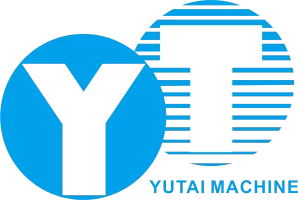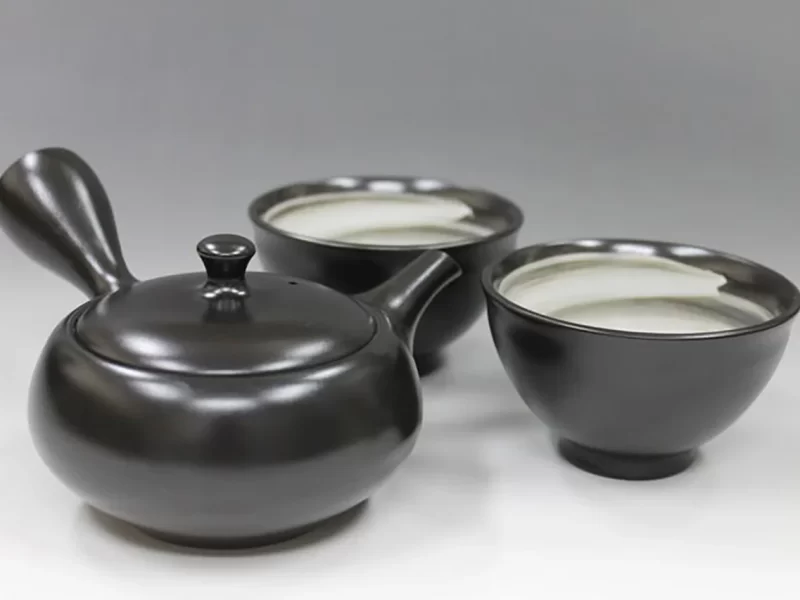
In the ceramic design trend blog series of Yutai ceramic machinery manufacturer, we will continue to explore and share the ceramic design preferences and changes in different regions. Let ceramics manufacturers better adjust their design strategies, produce ceramics that resonate with customers, and ultimately expand their market share in various regions. A successful market penetration strategy ensures that our companies can effectively export their products. This article will discuss ceramics in East Asia: South Korea and Japan.
Why Focus on Japan and South Korea?
The first chapter of this series will focus on Japan and South Korea, two countries that have been deeply influenced by Chinese culture but have each developed their unique ceramic design trends. They have relatively good economies and large populations, but their production capacity cannot meet demand and they rely heavily on imported ceramics. Products exported to these regions tend to be higher priced and more profitable, and long-term partnerships are a common result. Once a trade relationship is established with a Japanese or Korean customer, a company can obtain a stable and lasting source of income, which is very advantageous in today’s competitive landscape.
Historical Overview of Korean Ceramics
In ancient times, Korea began to learn and imitate China’s porcelain-making technology relatively early because of its close geographical relationship with China. Over time, Korea developed its unique style and produced high-quality ceramics among its neighbors.
The most famous ceramic production areas in ancient Korea were Gangjin and Buan, famous for jade-like celadon glazed ceramics, which were decorated with complex inlay techniques and were only used by the royal family.
After the Middle Ages, due to the change of rulers’ ideas and the development of porcelain making technology, white porcelain became the most expensive ceramics in the Korean region. In addition, some people used iron-containing glazes such as iron sand for dyeing, making the finished products appear in black and white ceramics. There are also more common sand-made utensils, which are relatively rough overall, but make ceramics more popular.
During this period, the production of ceramics in the Korean region gradually shifted to Gwangju, Icheon and other places, especially Icheon, where a large number of ceramic factories and kilns gathered, with complete facilities, becoming a famous ceramic tourist destination in Korea.
Evolution of Japanese Ceramics
In ancient Japan, ceramic production was mainly based on earthenware. Porcelain was introduced from China via Korea, and the initial production was small, mainly used for tea sets and tea ceremonies for the elite. During the Tang and Song dynasties, monks and merchants from China and Korea brought celadon and white porcelain, which were highly sought after in Japan. Early techniques involved the use of iron-rich glazes, and the natural dripping of the glaze and the changes in the kiln determined the selection of exquisite works.
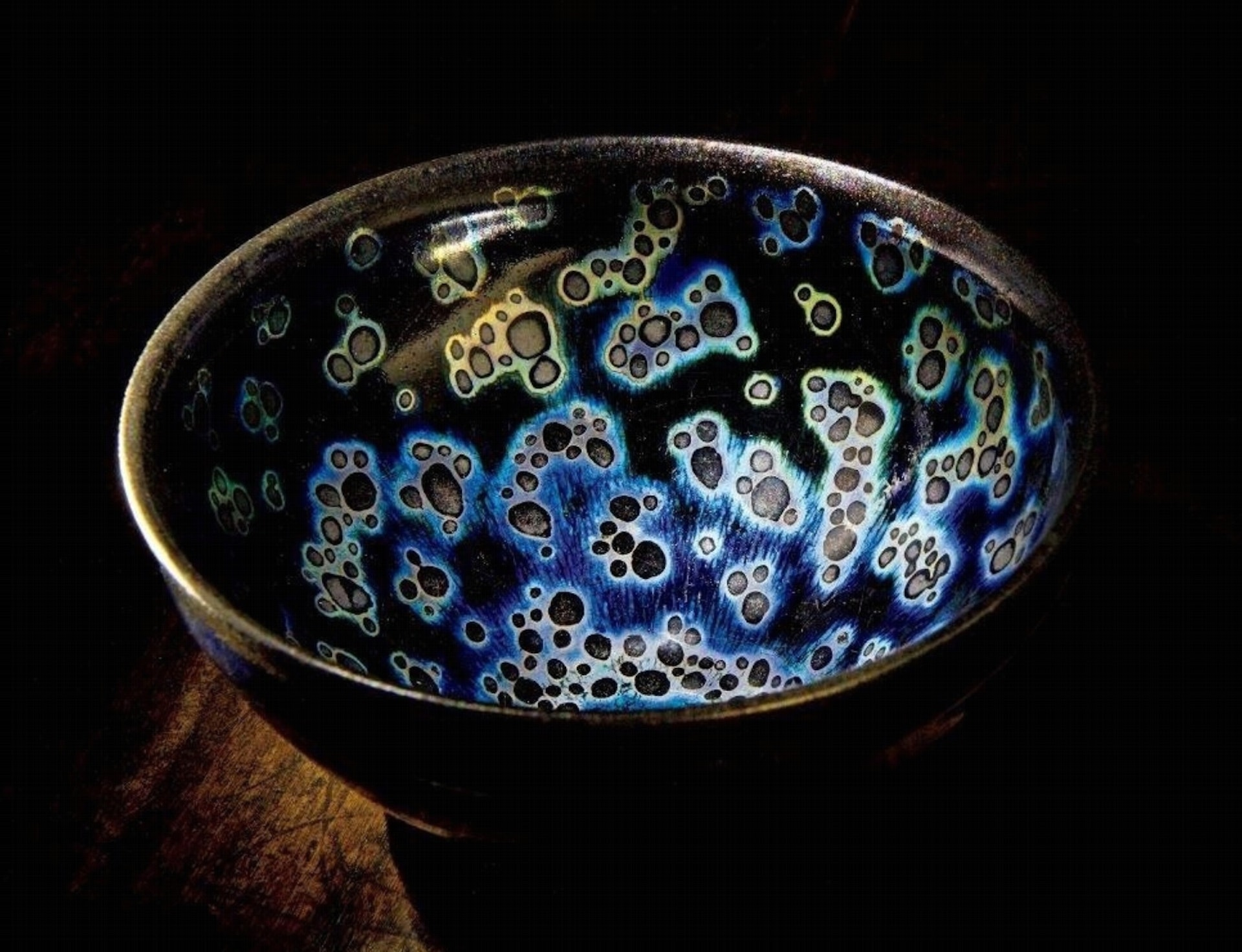
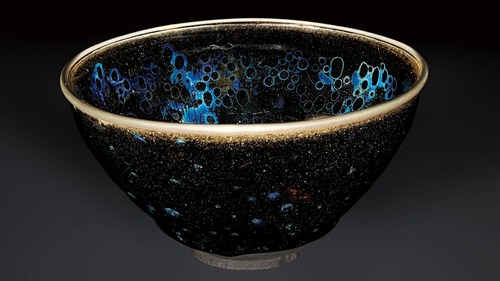
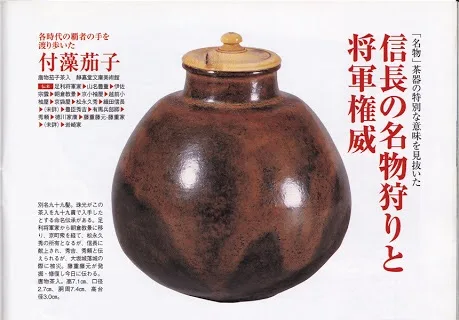
Famous styles include Imari ware, Arita ware in Saga Prefecture, Mino ware in Gifu, Seto ware in Aichi, and Kiyomizu ware in Kyoto. Since then, small-scale ceramic production workshops have gradually emerged across Japan, but the overall production is not large, mainly for domestic supply. Influenced by the increase in trade with the Netherlands and the decrease in exports from China, Japan gradually developed export-oriented porcelain production for European countries
Modern Day Insights into the Japanese and Korean Markets
Today, both Japan and South Korea have experienced rapid economic growth, and with the aging of the population and the rise in labor costs, many of their manufacturing industries, including ceramic manufacturing, have moved overseas. Therefore, there is a huge demand for imported porcelain in Japan and South Korea, which is a major opportunity for ceramics manufacturers. We need to study today’s living habits and customize design and production strategies to suit local preferences in Japan and South Korea.
Daily vs. Non-Daily Ceramic Use in Japan and Korea
Although Japan and South Korea have similar cultural customs, resulting in overlapping design preferences, the two countries have different patterns of ceramic use. We can divide ceramic uses into two categories: daily and non-daily.
Daily uses include bowls, plates, cups and teapots that are commonly used in daily life. Japan follows the “one soup and three dishes” approach, while South Korea incorporates various side dishes such as kimchi, which requires smaller bowls and plates instead of the large bowls and plates used in China. In addition, South Korea will match the bowls with lids, so they can be produced as a set. Japan and South Korea also use ceramic pots and earthen pots similar to casseroles for cooking, and the demand is not small.
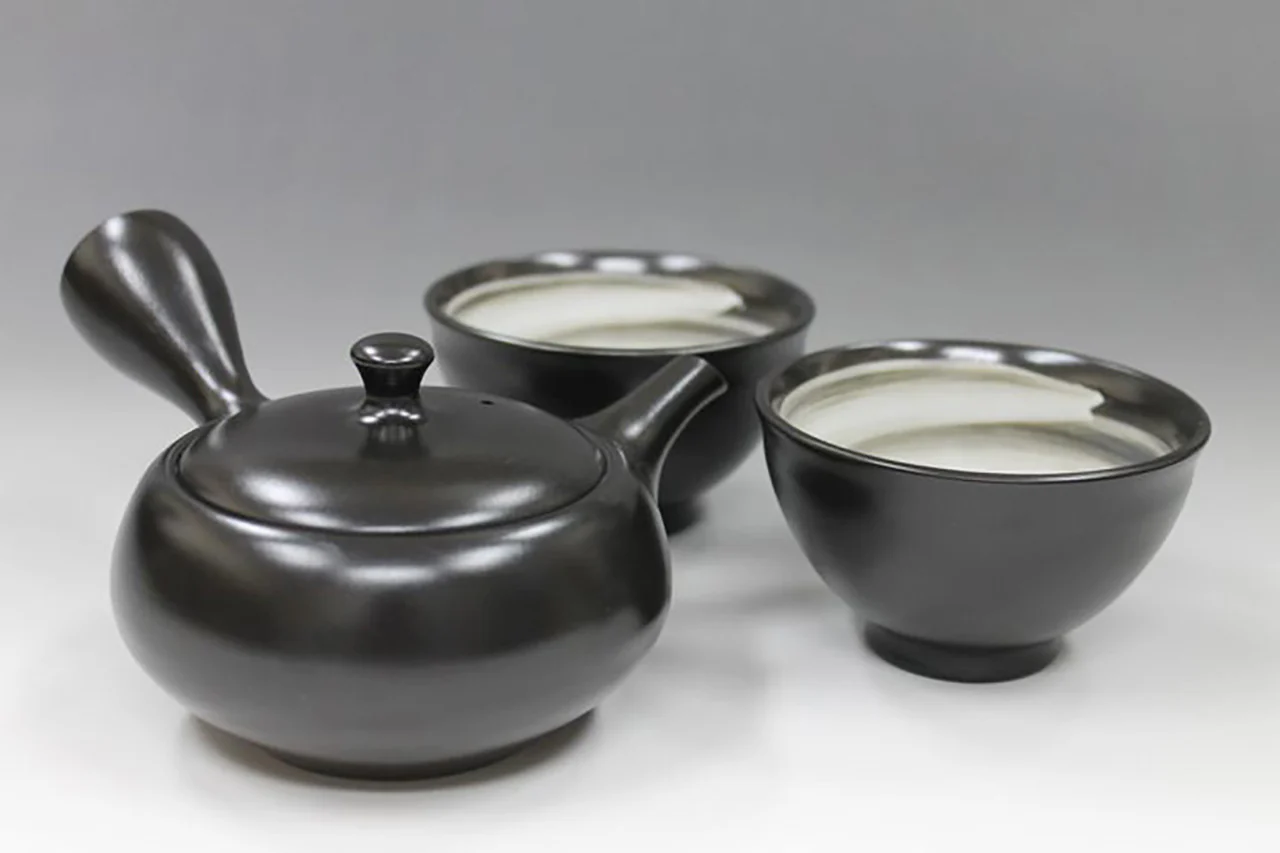
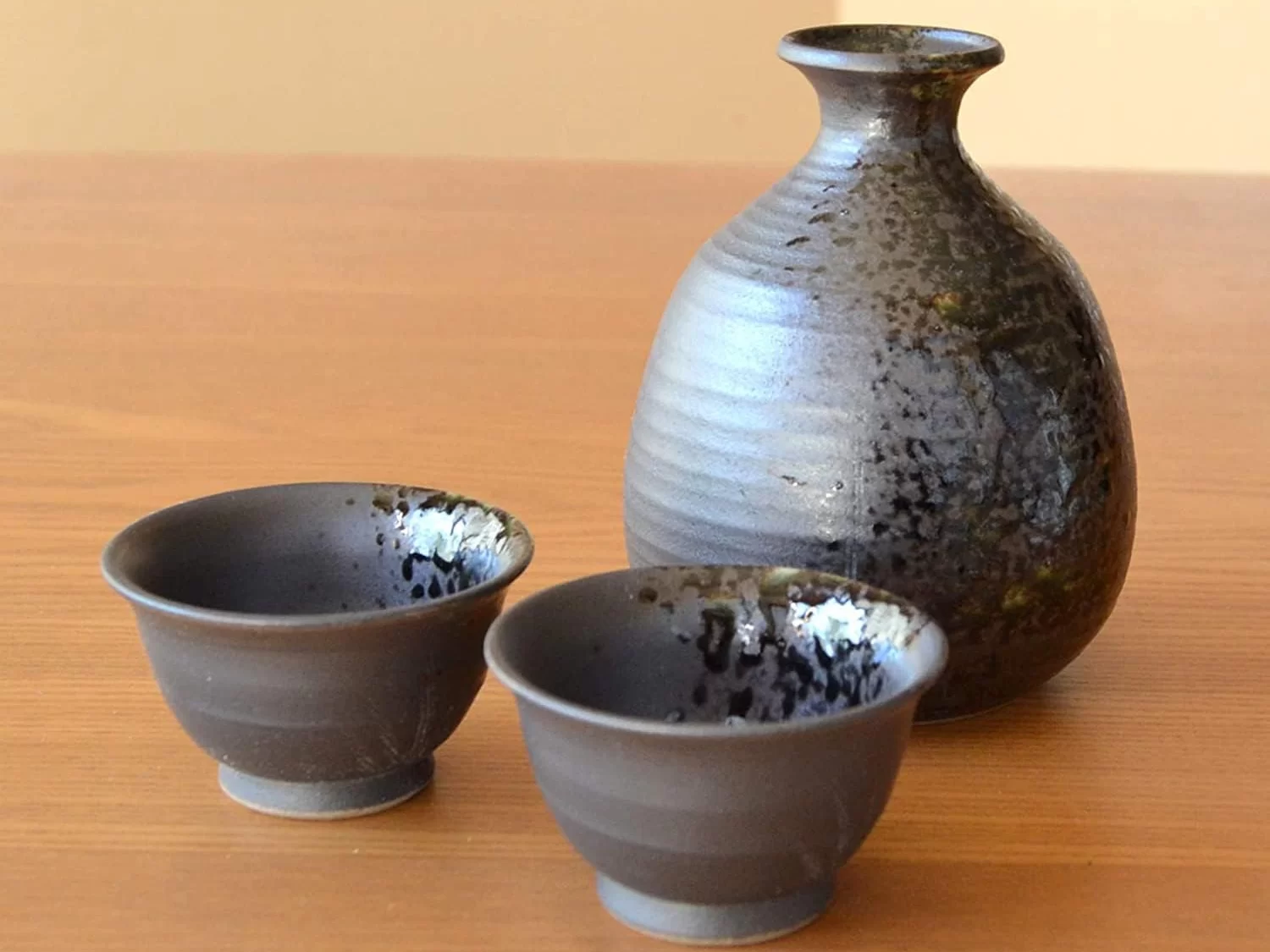
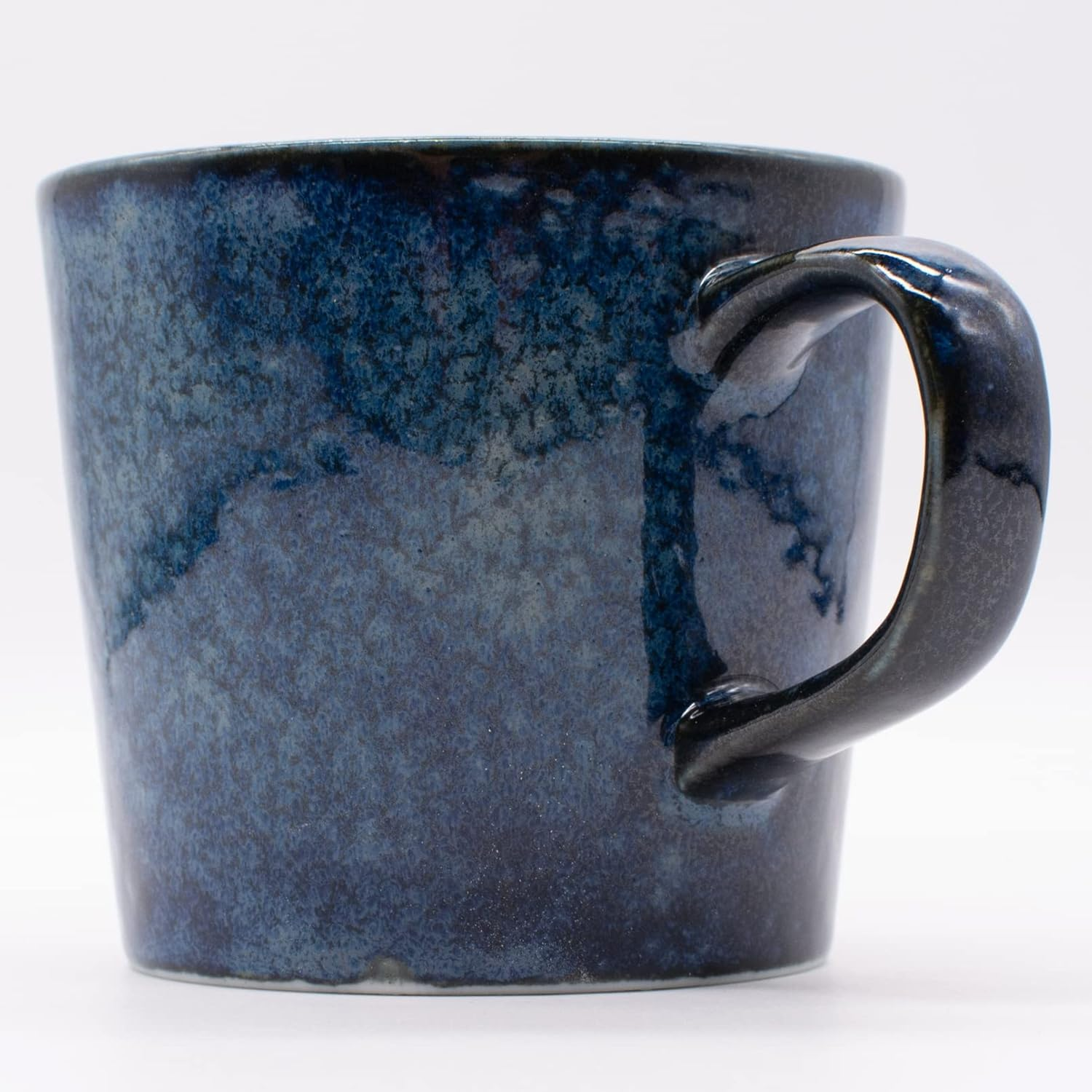
Daily use also includes tea utensils and wine utensils, which are generally matched in sets. The main ones are urgent teapots with tea bowls and small tea cups, and small wine pots with wine glasses and wine cups. Therefore, when these utensils are produced and sold, it is best to be a set or packaged in gift boxes. In addition to these common types of utensils, Italian and French food are also very popular in Japan and South Korea, so some European-style utensils are also sold.
Non-daily uses include larger items such as vases and jars for preserving food such as kimchi or for decoration. Large ceramic jars for batch pickling kimchi and small ceramic pots made at home are fully equipped in every household. Their houses have a lot of space to plant flowers, and they are influenced by traditional flower arrangements, so there is a high demand for flower pots and vases. Ceramics for art decoration are more customized and artistic products, with lower overall sales, but extremely high unit prices.
Design Trends in Japanese and Korean Ceramics
Japanese and Korean ceramic design trends can be divided into two main styles: modern and retro. Retro design usually involves using modern technology to replicate ancient pottery, or directly using ancient craftsmanship to produce ceramics. Modern style focuses on simple design, or the design of personalized patterns with strong colors. Usually, single or three colors are used to match, simulating the appearance of clay, wood, gemstones and jade. In addition, some ceramics incorporate patterns of pine trees, bamboo or family crests, and many works are themed with calligraphy or paintings by famous artists.
It is worth noting that ceramic products with popular IP (intellectual property) from anime, comics and games are highly sought after, but manufacturers must be careful to handle copyright issues. Finally, given the aging population in Japan and South Korea, there is a growing demand for functional ceramics designed for the elderly or children.
Conclusion: Future Opportunities in the Japanese and Korean Markets
This article provides an overview of the historical and cultural factors that influence ceramic design in Japan and Korea, as well as insights into current and future market trends. By understanding these markets, manufacturers can better adjust their production and design strategies to meet local needs and take advantage of potential growth opportunities.
If you find this article helpful, we are happy to help you learn more about these dynamic markets. Welcome to follow our official website https://yutaimachinery.com/ of Yutai Ceramic Machinery Manufacturer. We are happy to share and communicate knowledge and insights about ceramic manufacturing with readers, while providing professional one-stop ceramic machinery solutions for each ceramics factory.
